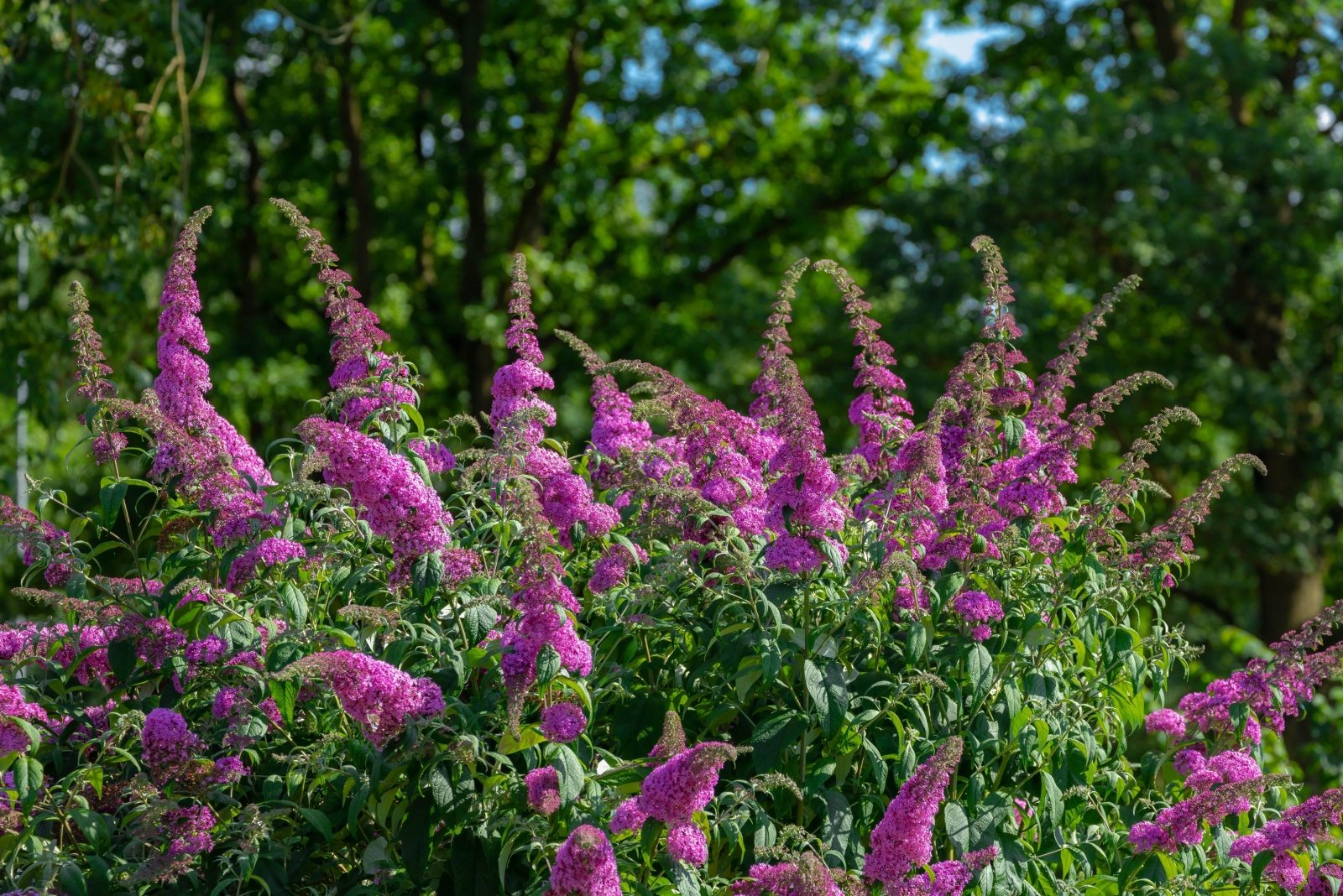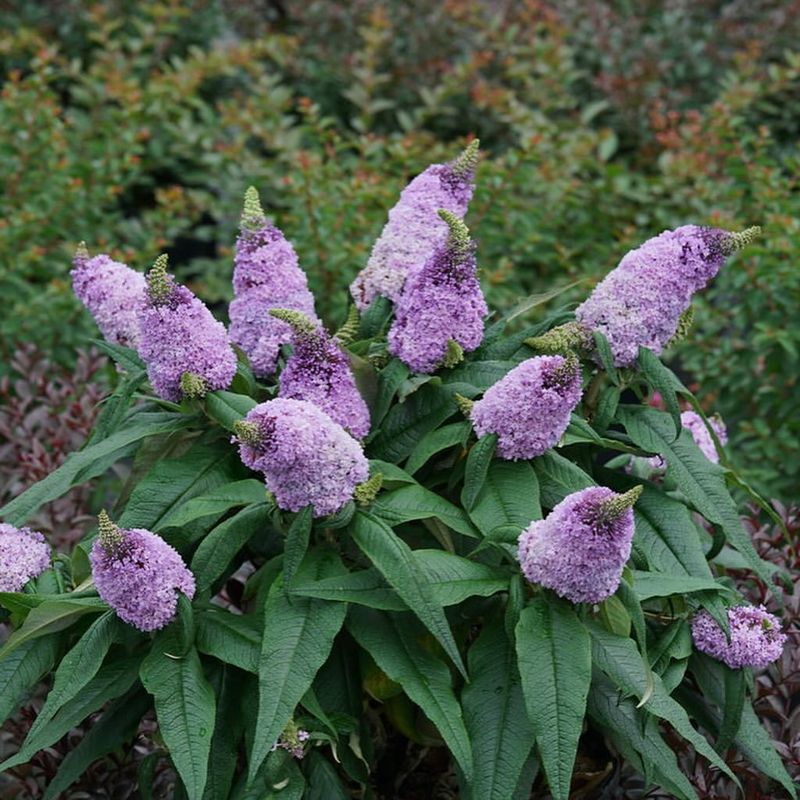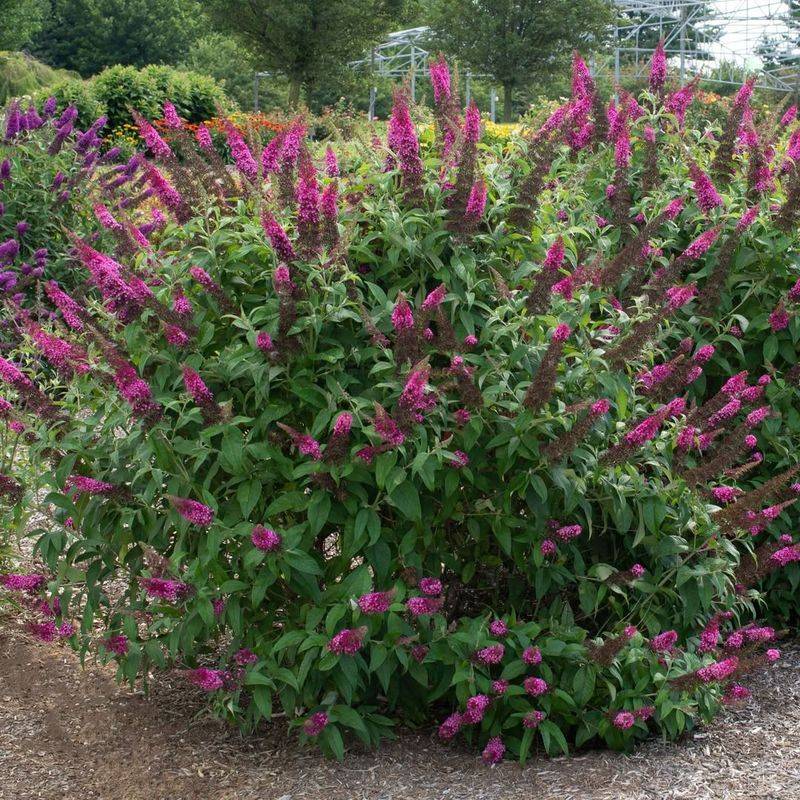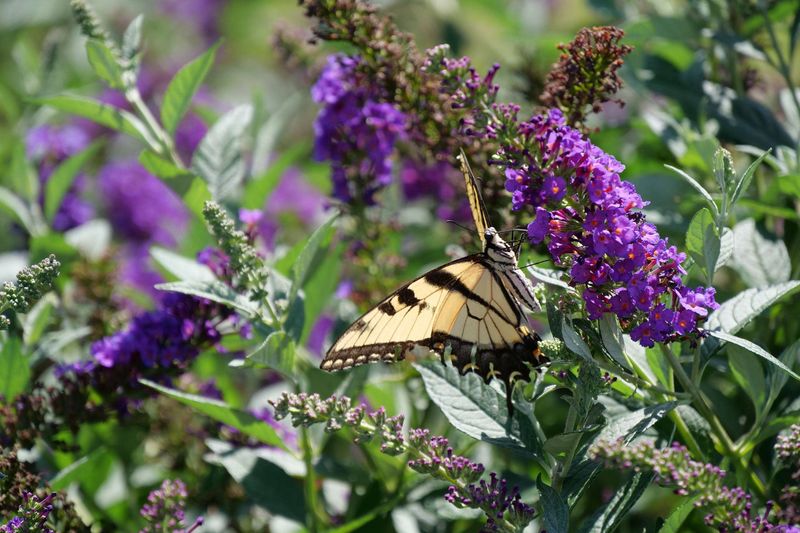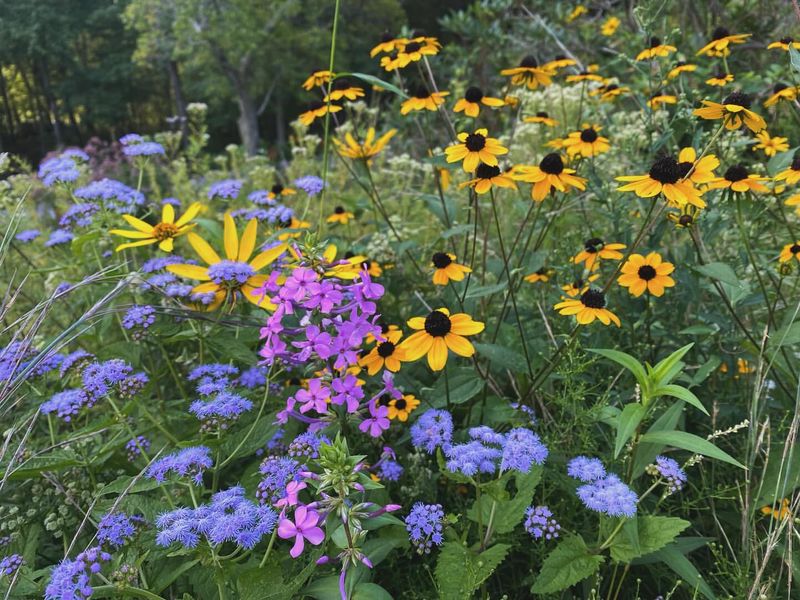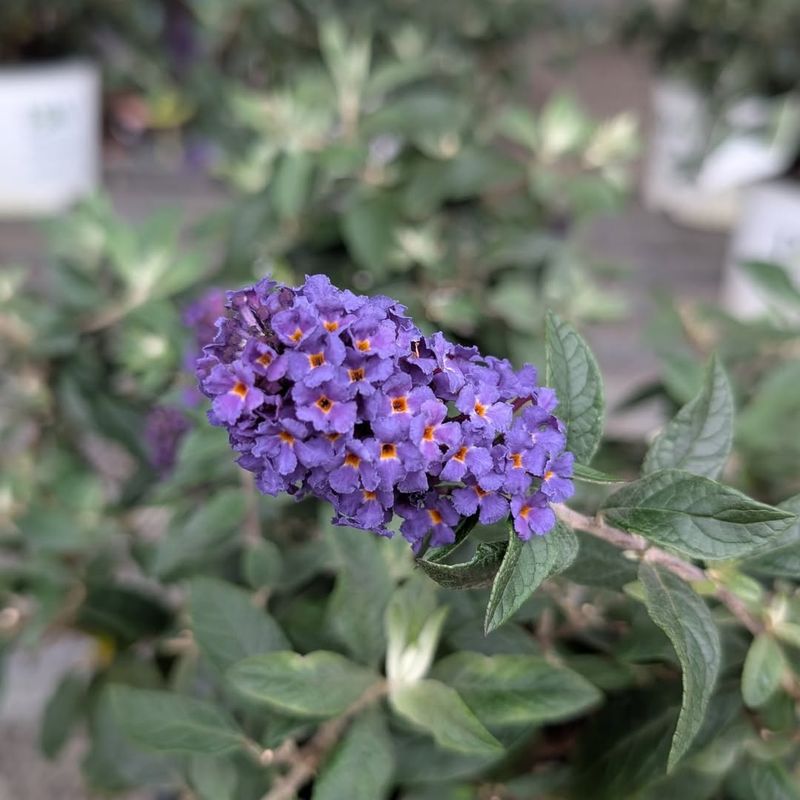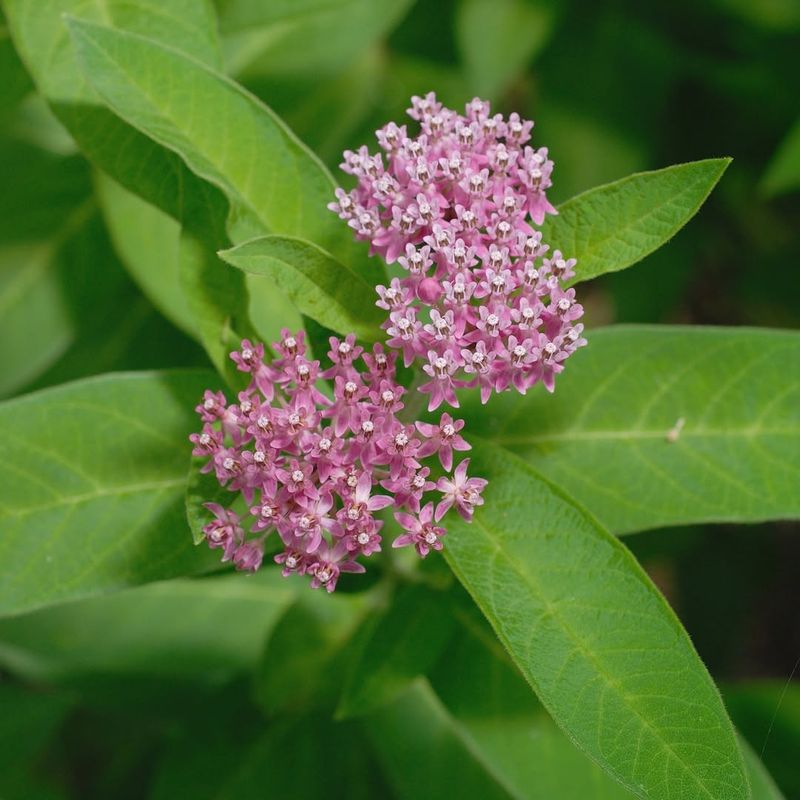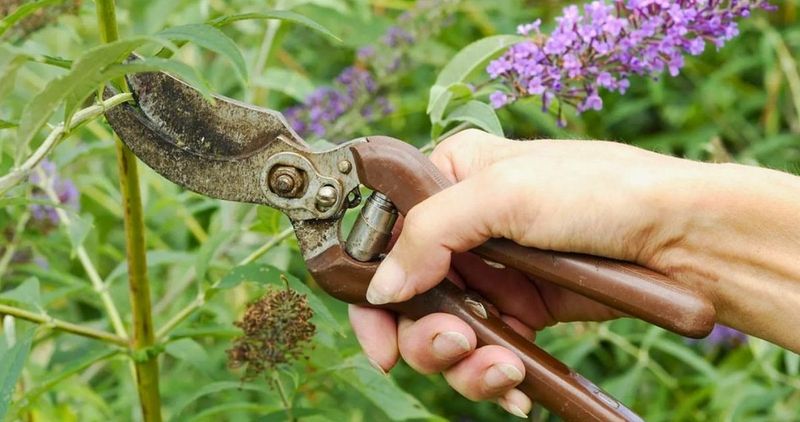Those gorgeous purple butterfly bushes brightening up Illinois gardens might seem like a dream plant for nature lovers. Their sweet nectar attracts beautiful butterflies, making them a popular choice for homeowners wanting to support pollinators.
Unfortunately, what looks like an ecological good deed is actually causing significant harm to Illinois’ native ecosystem.
1. Not Actually Native to Illinois
Butterfly bushes (Buddleja davidii) originated in China, not the American Midwest. They were introduced to gardens because of their showy flowers and ability to attract butterflies.
Since these plants evolved elsewhere, they don’t have the natural predators or diseases that would normally keep them in check in their native habitat. This gives them an unfair advantage over plants that have been part of Illinois ecosystems for thousands of years.
2. Escape Artists That Spread Like Wildfire
A single butterfly bush can produce up to 3 million tiny seeds per season! These lightweight seeds catch the wind and travel far beyond garden boundaries, establishing themselves in natural areas.
Along riverbanks, roadsides, and disturbed areas, these escapees form dense thickets that crowd out native vegetation. Their aggressive growth habit makes them particularly troublesome in Illinois where they can quickly dominate disturbed areas.
3. Butterfly Junk Food Problem
While butterfly bushes attract adult butterflies with their sugary nectar, they offer nothing for butterfly caterpillars to eat. Native butterflies evolved alongside native plants and depend on them to complete their life cycle.
Monarch caterpillars, for example, can only eat milkweed. Black swallowtail caterpillars need plants in the carrot family. By replacing these crucial native host plants with butterfly bushes, we’re essentially creating food deserts for butterfly babies.
4. Crowding Out Critical Native Plants
When butterfly bushes escape gardens, they compete aggressively with native Illinois plants for space, sunlight, water, and nutrients. Their dense growth habit and prolific reproduction give them an unfair advantage.
Native wildflowers like coneflowers, bee balm, and blazing star get pushed aside. These native plants have deep relationships with local wildlife that took thousands of years to develop – relationships that butterfly bushes can’t replace.
5. Officially Listed As Invasive In Illinois
The Illinois Invasive Plant Species Council has officially listed butterfly bush as invasive. This designation wasn’t made lightly – it came after years of ecological assessment showing the plant’s negative impacts on local ecosystems.
Many garden centers still sell these plants without warning labels. Unsuspecting gardeners purchase them thinking they’re helping pollinators, unaware of the ecological damage they may cause when the plants escape cultivation.
6. Better Native Alternatives Exist
Good news for Illinois gardeners! Many gorgeous native plants attract just as many butterflies while also supporting their complete lifecycle. New England aster, joe-pye weed, and ironweed produce beautiful purple blooms similar to butterfly bush.
Native plants like milkweed, spicebush, and pawpaw serve as host plants where butterflies lay eggs and their caterpillars can feed. By choosing these natives, you’ll create a complete butterfly habitat instead of just a nectar pit stop.
7. What To Do If You Already Have One
If a butterfly bush already graces your Illinois garden, consider replacing it gradually with native alternatives. In the meantime, deadhead spent flowers before they set seed to prevent spreading.
For those not ready to remove their bush entirely, consider keeping it in a container to limit its spread. Remember that each step toward native planting helps restore Illinois’ ecological balance and supports the complete lifecycle of local butterflies.

